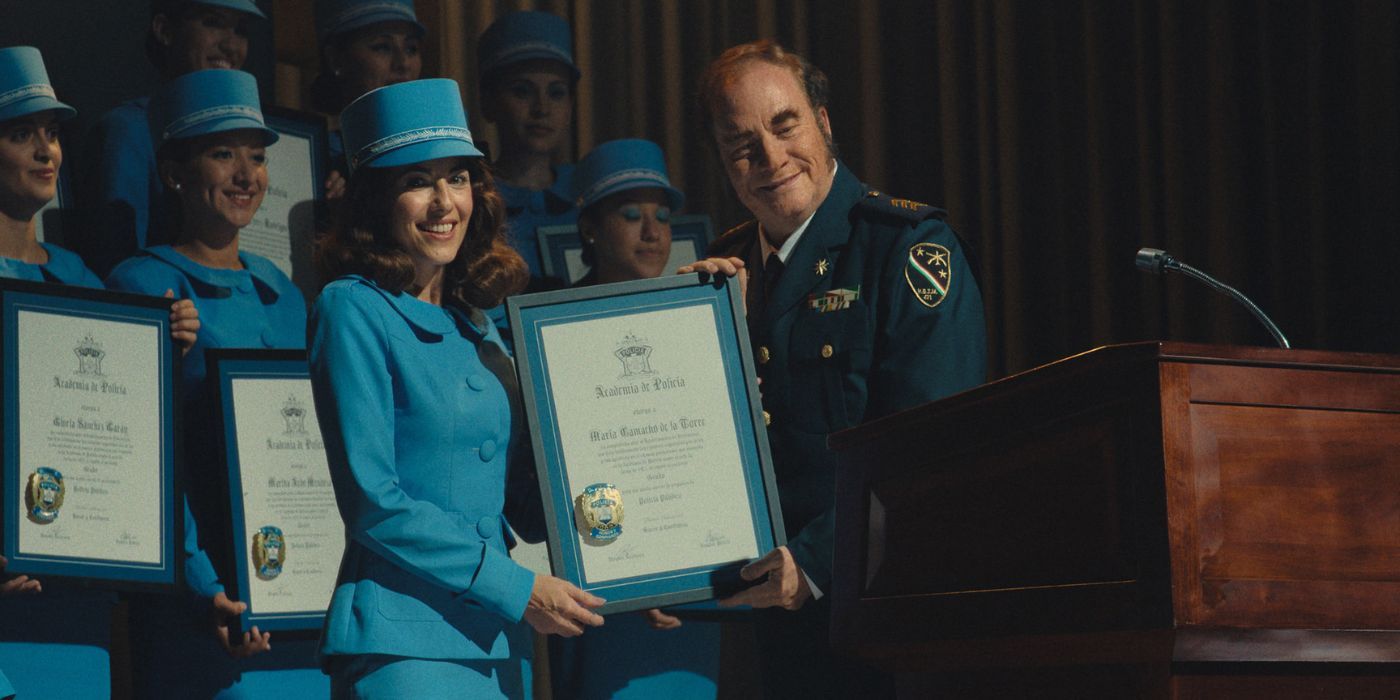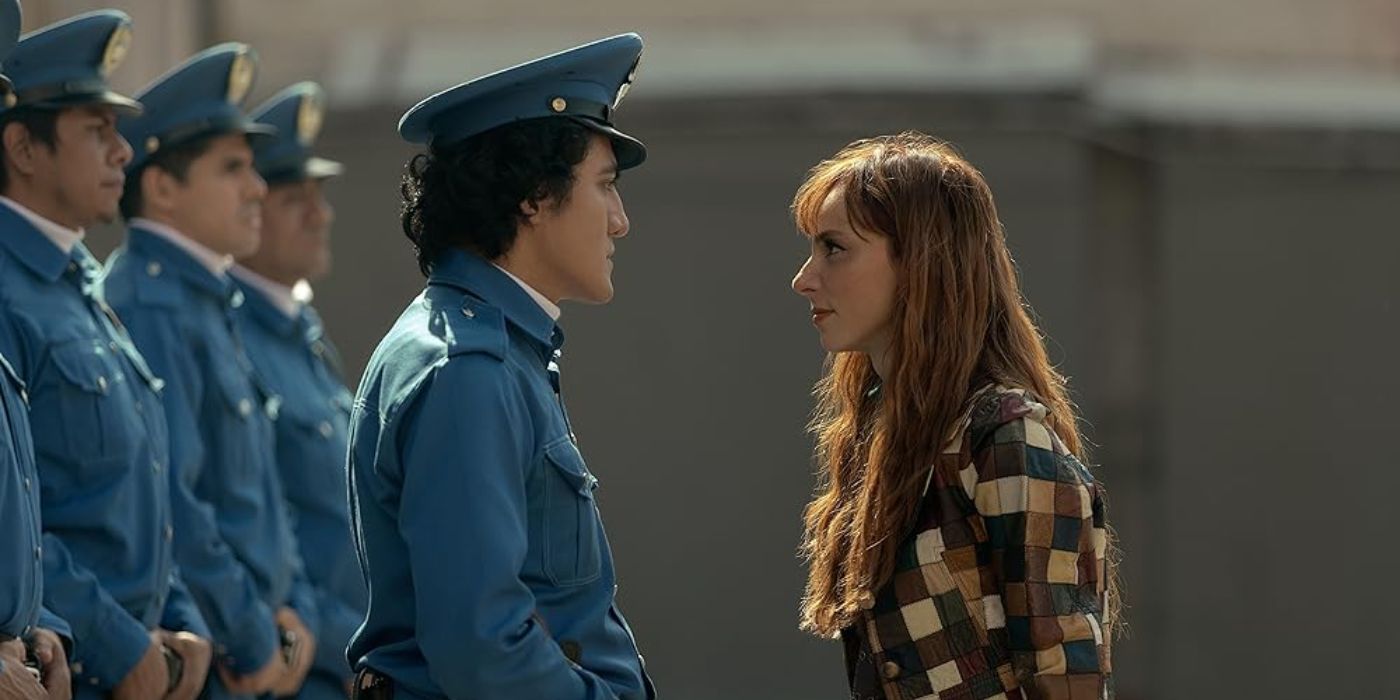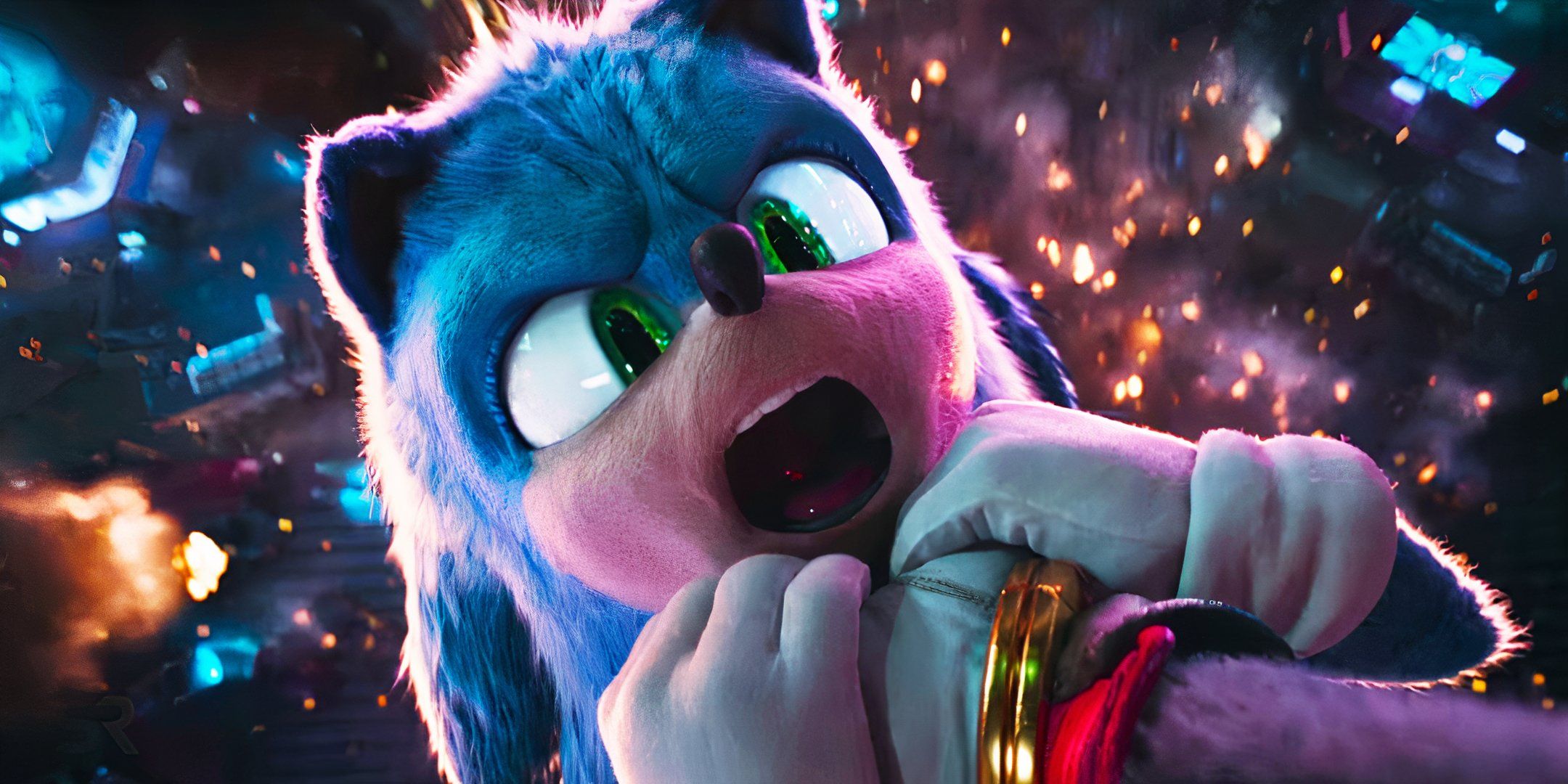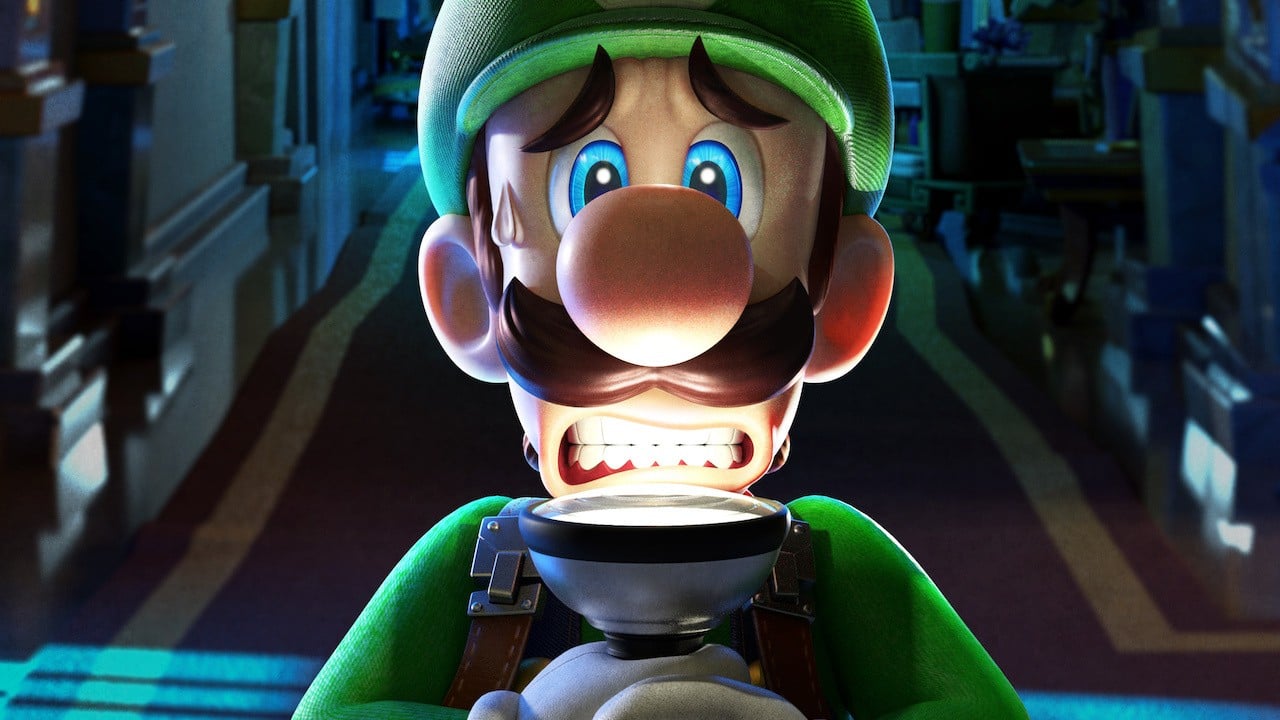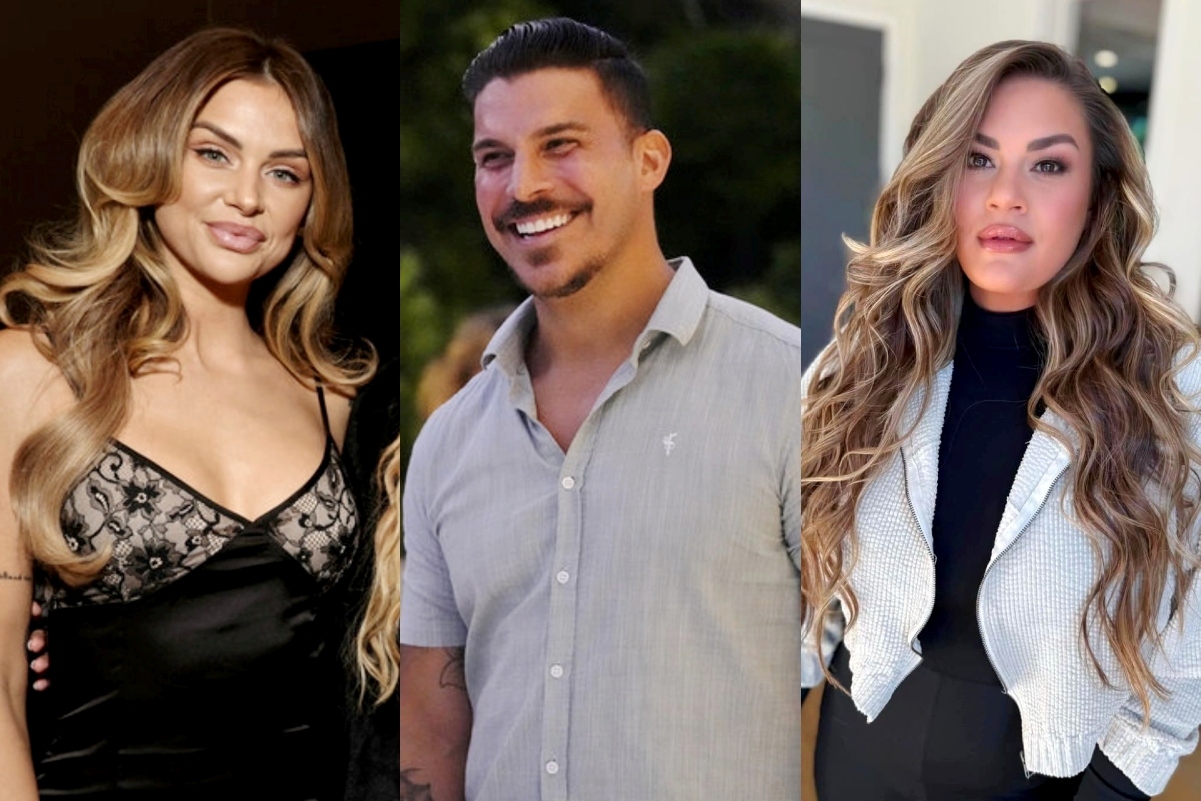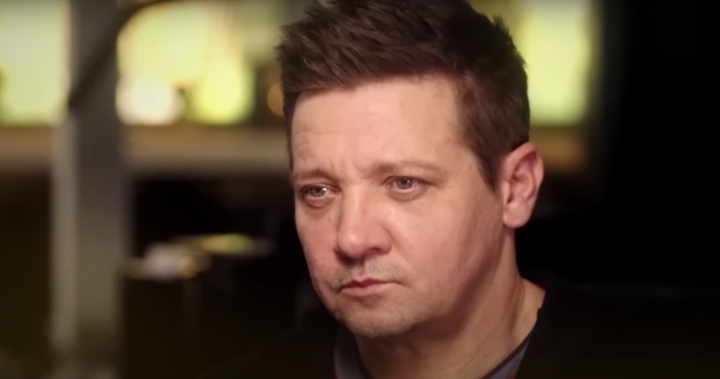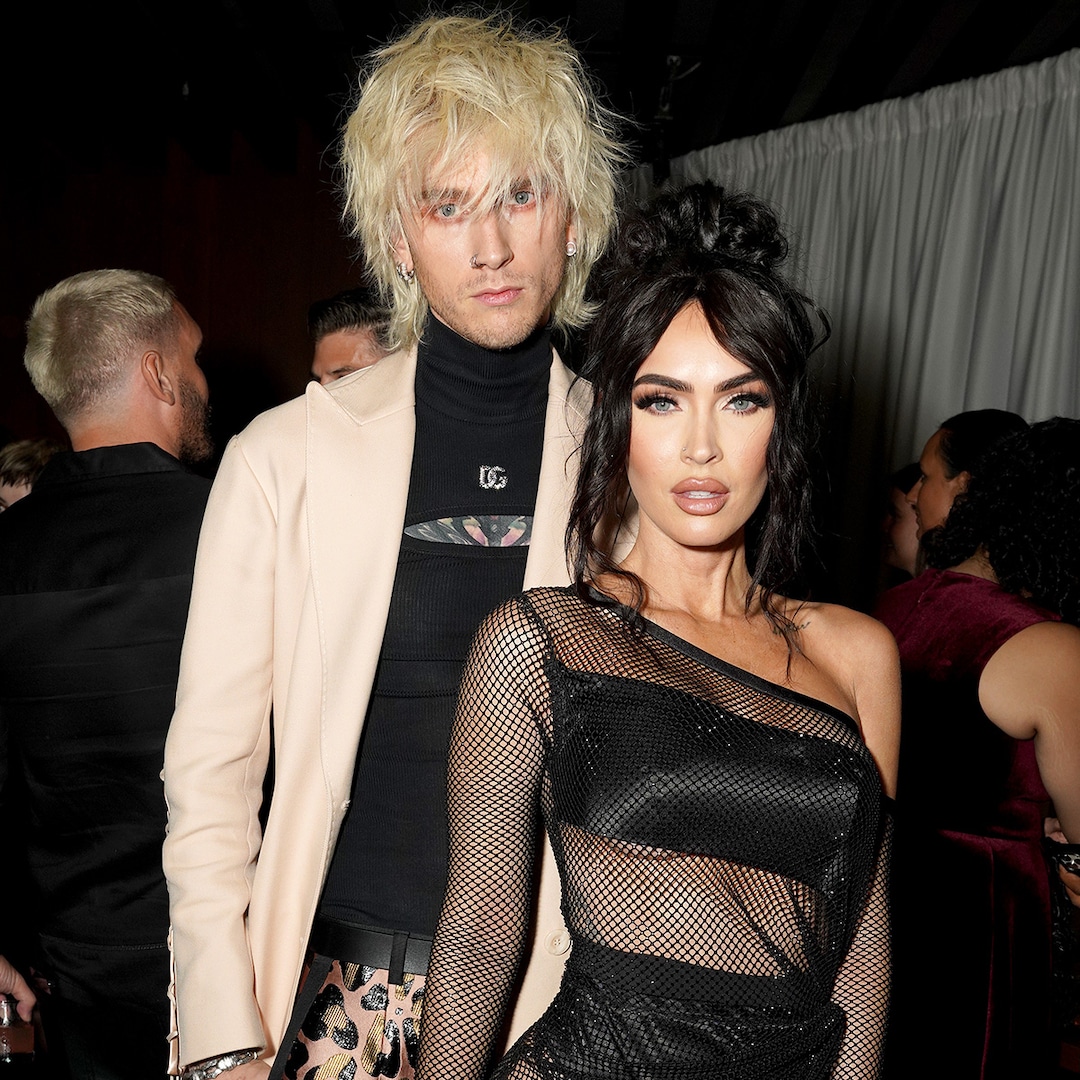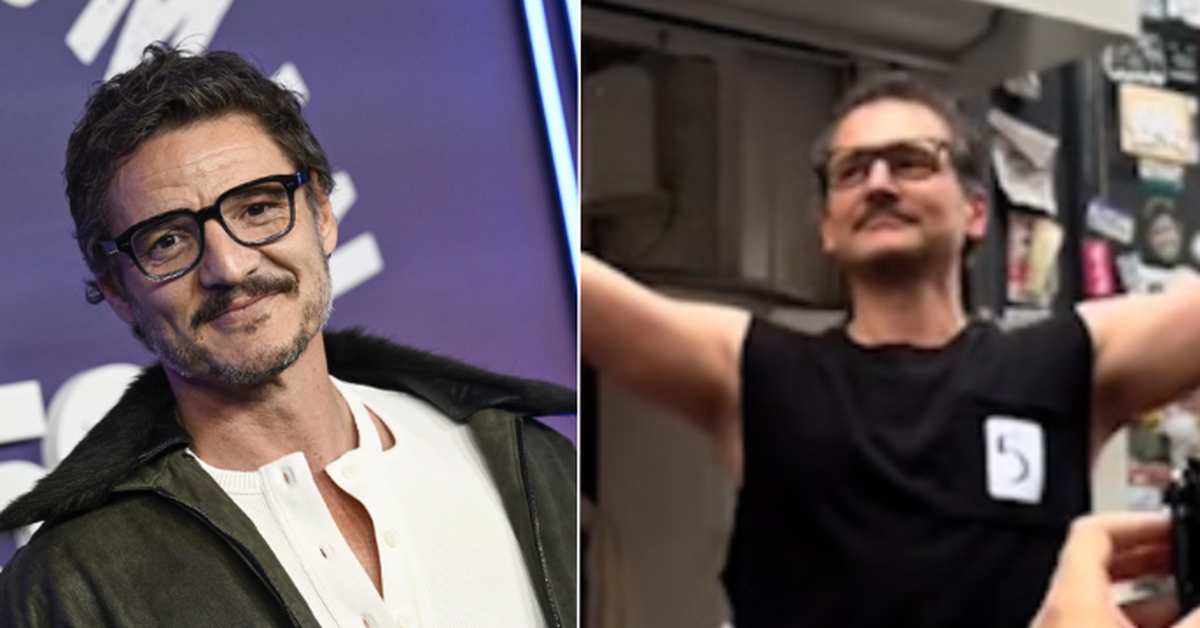The Big Picture
- Apple TV+’s
Women in Blue
features a strong ensemble cast with multi-dimensional characters and excellent performances. - The show’s central mystery has compelling twists and clever foreshadowing.
- With long episodes and a large ensemble, the pacing can feel a bit slow, and the narrative can seem crowded at times.
There’s something about having four very different women band together and form a friendship. The Golden Girls, Girls, Sex and the City, The Sex Lives of College Girls, Pretty Little Liars, The Girls on the Bus — the list goes on. It’s a tried-and-true formula that works just about every time, and I’m happy to report that Apple TV+’s Women in Blue is no exception. If you’ve ever watched Law & Order: SVU and wished the entire team was full of Olivia Bensons, that’s essentially what Women in Blue is selling. Taking place in 1970 (which gives the show’s aesthetic a Mad Men feel — a huge compliment) and inspired by true events, Women in Blue closely follows four of the sixteen women who join Mexico’s first female police force. Unfortunately, they soon discover that the creation of the program isn’t to be inclusive but rather to distract the public from the threat — and often rather incompetent handling — of a serial killer called the Undresser, who is terrorizing the city’s young women.
Women in Blue
In 1971, four women defy ultra-conservative norms and join Mexico’s first female police force—only to discover that it’s a publicity stunt to distract the media from a serial killer. As the body count grows, they make a pact to bring the killer to justice.
- Genre
- Crime, Drama
- Language
- Spanish
- Number of Seasons
- 1
- Debut Date
- July 31, 2024
- Studio
- Apple TV+
‘Women in Blue’s Complex Characters Are Its Biggest Strength
Women in Blue makes it hard to pick a favorite character, which is a great thing, as each of them has interesting strengths, flaws, backgrounds, and layers. And while the show is at its best when the spotlight stays on the core four women and their dynamics with each other — something it could use a hair more of — even the supporting characters they frequently interact with are multidimensional, with the show never taking the most obvious route with any of them.
The first unlikely member of the squad is María (Bárbara Mori), who feels a bit like the main character even though the cast is an ensemble, with more or less equal time devoted to each of the four women. María is a picture-perfect housewife with a loyal architect husband, Alejandro (Leonardo Sbaraglia), and two children — or so it seems on the surface. María quickly begins to suspect that Alejandro is cheating on her, which leads to her having a crisis of self — one that leads her to fulfill her childhood dream of becoming a police officer. María is a wonderful, accessible way in for the audience, as she’s both anxious and determined. It’s impossible not to root for her to find her own purpose and happiness instead of putting everyone else first, and it’s easy to see why Mori is such a celebrated actress.
On the other end of the spectrum, Valentina (Natalia Téllez), María’s polar opposite younger sister, and revolutionary, can often be found at a march or planning a protest. The force seems like an unexpected choice for her, but she’s determined to infiltrate it so she can use it for good and change it from the inside out. Valentina is a spitfire, and Téllez plays her with contagious confidence and energy; the actress also exhibits the most range. As the season progresses, we get to see a different, more vulnerable side of Valentina — one Téllez plays to perfection.
Gabina (Amorita Rasgado), who rooms with Valentina at one point, comes from a family of police officers, with her father and two brothers both in rather high-up positions on the force. The passion for it is in her blood, but unfortunately, she doesn’t have their blessing to join the family business because she’s a woman. Rasgado plays Gabina with an irresistible optimism. You can’t help but want to protect her, but it’s clear she doesn’t need protecting. She can be sweet and naive, but she’s also highly competent and courageous. It’s a tricky combination that Rasgado balances well.
The brilliant Ángeles (Ximena Sariñana) is the shyest and most awkward of the bunch, though that’s not for lack of trying. She wants to be social and make friends, but her naturally blunt nature and traumatic past make it challenging for her to truly connect. Ángeles’ arc may be the most rewarding of all, as her co-workers help draw her out of her shell. It’s not necessarily a stretch to say that she’s autistic-coded, though the show never explicitly states that, probably because it does take place in the ‘70s. Regardless, it’s beautiful to see her find friends who accept her for who she is, never asking her to change — not only that, but the way the show handles her and her grandmother’s religious beliefs is also a breath of fresh air. Sariñana, too, gives a wonderful performance.
‘Women in Blue’ Boldly Tackles Real, Controversial Issues
It’s a particularly charged time to be making content about law enforcement — and for good reason. While I’m not as familiar with what the modern-day attitude toward the police in Mexico is, speaking from a US perspective, police brutality is rampant. The prison-industrial complex and the systemic inequality that drives it are appalling and in desperate need of reform. Because of that, Women in Blue has the important burden of not feeling like copaganda as well as the added pressure of not falling into the trap of becoming empty, outdated girlboss content. And it does a pretty damn good job at succeeding.
The show doesn’t shy away from showing the corruption in the force and the violent, disturbing lengths some cops will go to. From coercing confessions to intimidating the press to caring more about image and good statistics than true justice or helping victims, the reality of the police force’s skewed priorities is on full display. Women in Blue never celebrates this, nor does it justify it as necessary, acceptable behavior, or anything less than abhorrent.
And the empowerment the women experience doesn’t stem from them holding a gun or beating up bad guys but rather something deeper — their ability to break through the noise and rampant sexism, using their brains and bravery to truly make a difference. Their strength comes from them looking out for each other and other women, taking matters into their own hands to encourage one another in an exclusionary boys’ club and secure safety for the city’s most vulnerable populations.
‘Women in Blue’s Mystery Is Best When It Leans Into Soapy Reveals
Women in Blue’s central mystery and investigation is a compelling and thematically fitting one, considering its focus on a female police force. The first part of the season, however, can feel a bit slow and redundant in terms of the crime story. It’s important to establish the killer has a pattern, of course, but it seems less necessary to actually see that same pattern repeated over and over again, devoting time to things we know are red herrings and misdirects. The chain of command can also get muddled and convoluted, with a commander, president, and chief all giving orders and having conflict with one another — conflict that feels unnecessary and bland, as it takes time away from focusing on our core four women. The show can start to feel crowded with all the characters it’s juggling, and it could benefit from a more focused approach.
Luckily, the mystery gets more intriguing as the season goes on, and the pieces start snapping into place, the whole picture coming into focus. There are some genuinely excellent twists you won’t see coming and clever buildup. Details you write off as unimportant when they happen end up becoming crucial — a testament to the series’ artful writing.
The subject matter in Women in Blue is serious, there’s no doubt about that, but the show is at its best when it takes itself a little less seriously. The show picks up speed when it leans into the more shocking, soapy reveals and allows its main characters to have personal connections and stakes to the primary case. Some of it can get a little sensational, with a few coincidences closer to convenient, but this doesn’t detract from anything; it actually enhances the series. The look of Women in Blue is so stylish, and the characters are so fresh and original, that when the series finally leans into its more dramatic, far-fetched beats, it starts to soar.
That’s not to say the beginning of the season is bad. In fact, the pilot is one of the show’s strongest episodes, with solid character introductions and a classic, well-executed, and frequently silly training montage that’s a total blast. If anything, the middle episodes can lag a bit — likely due to the slightly bloated runtime, which usually clocks in at almost exactly an hour. Still, each installment of Women in Blue is entertaining enough to keep you hooked, and the finale sets up a predictable but very promising big bad for Season 2, should the show receive one. I know I will definitely be watching if it does.
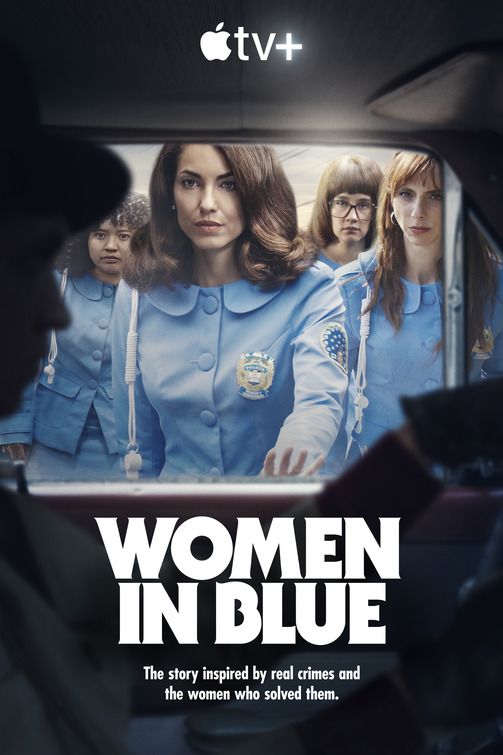
Women in Blue
Apple TV+’s Women in Blue is a stylish crime drama that’s at its best when it focuses on its layered characters and makes bold choices with its central mystery.
- The ensemble is strong, with each character multi-dimensional and the performances excellent across the board.
- The central mystery has surprising twists and turns and clever moments of foreshadowing.
- The show successfully tackles tricky, controversial issues like sexism and police brutality.
- Clocking in at nearly a full hour each, the episodes’ pacing can feel a little bloated at times.
- The time devoted to supporting characters can detract from the central focus on the four titular women.
Women in Blue premieres July 31 on Apple TV+.
Watch on Apple TV+

